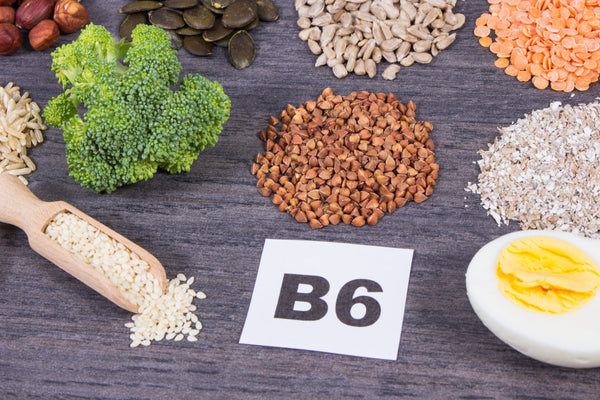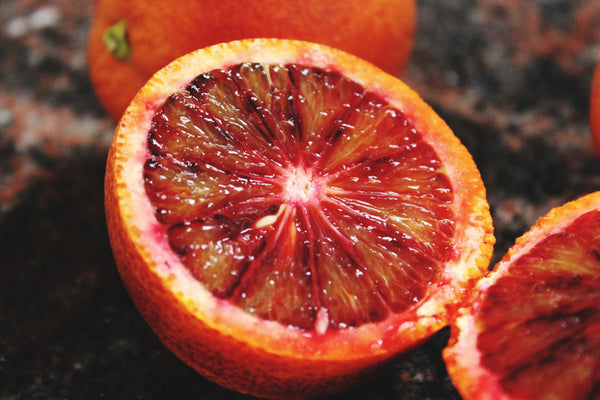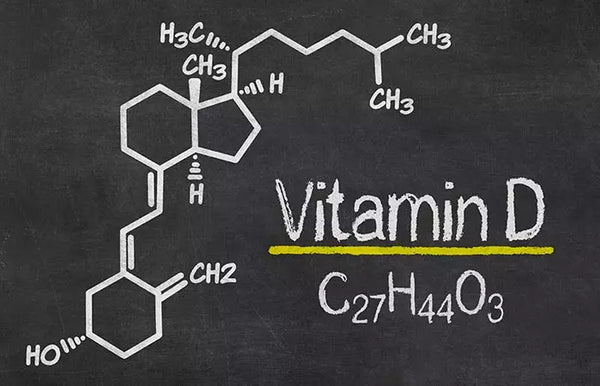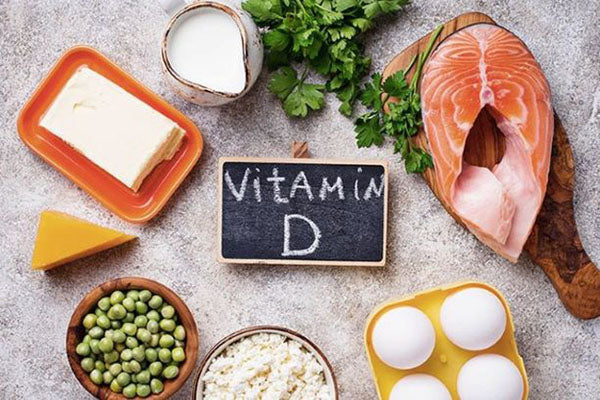
Types of Fat: Which to Eat and Avoid?

Fat is a bad substance for anyone who is watching their waistline. By knowing the types of fat, your diet can be maximized.
It is true that eating excessive amounts of some fats can lead to being overweight.
Obesity has a number of negative effects on your health, including a higher risk for heart disease, diabetes, and more. Being overweight can cause problems with erectile dysfunction.
However, not all fats are bad for you. The body actually needs a certain amount of fat to function properly.
The trick is to figure out which fats you should eat and which ones you should avoid.
This is the same as the results of a study conducted by the American Heart Association.
Read: Vitamins and Minerals Maintain Metabolism
Types of Fat: Which to Eat and Avoid?
Why Are Fats Important For Health?
What is Fat? Fat is a macronutrient and an important part of your diet. Along with protein and carbohydrate macronutrients, fat plays an important role in providing energy for the body.
The average adult male needs about 2,500 calories each day. The recommended calorie intake for women is usually lower, at 2,000 calories per day.
Several factors affect the number of calories you need, including general health, level of physical activity, and current body size.
Since fat has about nine calories for every gram, it is really loaded with potential energy.
That's exactly why your body prefers to store as much fat as possible.
In addition to helping to fuel the body, fat plays another important role in physiological function — it can help dissolve and break down the fat-soluble vitamins A, Vitamin D, E, and K.
This essential vitamin is very important for your health. Without fat, your body can have a hard time absorbing fat-soluble vitamins from your diet. Vitamin deficiencies can have serious consequences on physical, mental, and sexual health.
4 Types of Fat and Examples
Quoted from RexMD, fat is divided into: Saturated fat, trans fat, monounsaturated, and polyunsaturated are the four main types of fat.
Each of these different classifications of fat has its own qualities and characteristics, and of course, some of these fats are much healthier than others.
Saturated fat and trans fat are usually considered "bad" fats that the average person wants to eat less of.
Unsaturated fats (monounsaturated and polyunsaturated) are fats that you should try to include more of in your diet.
Unsaturated fats maintain a more fluid structure, helping them stay lean and light.
These fats are not only beneficial for your body, but may even help alleviate some of the negative effects of saturated fat by helping lower bad cholesterol.
There are two types of cholesterol: low-density lipoprotein (LDL) and high-density lipoprotein (HDL).
LDL is usually found in saturated fat and is considered the "bad" cholesterol. HDL is found in unsaturated fats and is usually the better cholesterol.
Here's more about the four types of fat.
Monounsaturated fat

Monounsaturated fat is the healthiest type of fat. It is effective for maintaining HDL cholesterol while lowering LDL cholesterol.
High levels of LDL cholesterol can increase the chances of heart disease and stroke. Monounsaturated fats also provide nutrients that help build, develop, and maintain cells.
Many monounsaturated fats come from oils that also provide plenty of vitamin E, which is a powerful antioxidant to help reduce inflammation.
Monounsaturated fats can make up up to 20% of your daily calories.
You can find monounsaturated fats in the following food lists:
- Almonds and almond butter
- Avocado
- canola oil
- Cashew nut
- Hazelnuts
- Olive oil
- Peanuts, peanut butter and peanut oil
- Pecans and other nuts
- Pumpkin seeds
- safflower oil
- Sesame seeds and oil
- Sunflower oil
Polyunsaturated fat
Polyunsaturated fats are an important part of your diet because your body will use them, but cannot produce them naturally.
You can find polyunsaturated fats in animal and plant-based foods, and they are beneficial for your heart health.
Eating a diet high in polyunsaturated fats can reduce your risk of arterial disease, stabilize your heart rate, lower your blood pressure, and reduce the amount of LDL cholesterol in your blood.
There are two main types of polyunsaturated fatty acids that are most beneficial (and best known): omega-3 and omega-6.
Omega-3 fatty acids help reduce fats in your blood called triglycerides and slow the buildup of plaque in your arteries. Omega-6 brings 3.789 / 5.000
To control blood sugar and reduce the risk of developing diabetes.
Polyunsaturated fats can make up up to 10% of your daily calories.
You can find them in the following list of foods:
- almond nut
- Anchovy
- Avocado oil
- Cashew nut
- Caviar
- chia seeds
- Cod liver oil
- Egg
- Linseed
- linseed
- Herring
- Mackerel and other fatty fish
- oyster
- Peanut butter
- safflower oil
- Salmon
- sardine
- soya bean
- Know
- walnut
Saturated fat

Saturated fat is probably the better of the two bad fats, but it may still not be good for you.
Too much saturated fat can increase LDL cholesterol and reduce HDL cholesterol (generally considered the good type).
When your cholesterol levels start to shift towards LDL cholesterol, you can have a higher risk of clots and blockages.
Blockages in your arteries make you more likely to develop high blood pressure, cardiovascular conditions, and have a stroke or heart attack.
Most of the saturated fat generally comes from animal products such as milk, meat and also from some plants.
Pizza is one of the foods that are often loaded with saturated fat, containing cheese along with fatty meats such as sausage, bacon, and pepperoni.
Worse, pizza is the perfect mix of empty carbs and fat your body loves in the short term, but it can lead to metabolic and heart health problems in the long run.
You should only get 5% to 7% of your daily calories from saturated fat.
The following is a list of foods that are high in saturated fat, including:
- Chunks of fat from beef, pork, or lamb
- Processed meats such as hamburgers, sausages and bacon
- Poultry skin and dark meat
- Full-fat dairy such as milk, butter, cheese, sour cream and ice cream
- Heavy oils such as palm oil, cocoa butter and coconut oil.
- Pork fat and solid margarine
Trans fat
Trans fat is by far the worst type of fat and should be avoided as much as possible.
Most trans fats are made through a process called "hydrogenation." These are the trans fats you will encounter most often. Heating liquid vegetable oil in the presence of hydrogen and a catalyst will produce trans fats.
This process is done so that the vegetable oil is more stable and able to last longer. Hydrogenation can turn liquid oil into a solid, which is used for margarine and some shortenings.
Here's a list of foods that contain the most trans fats:
- Cooking aids such as butter and solid margarine
- Fast food such as hamburgers, chicken nuggets, french fries, onion rings, and tater tots
- Lots of baked goods such as cakes, pastries, donuts, muffins and cakes
- Processed foods such as microwave popcorn, potato chips, crackers, and refrigerated dough
- Fried foods such as fish and fried chicken
Conclusion
Fat is an important part of your diet, but it's important to eat the right types of fat.
To keep it simple: consider minimally processed fats, such as olive oil and nuts, and try to avoid trans fats.
That's the article Types of Fats: Which to Eat and Avoid? Your body relies on fat to make enough fuel for proper function.
A lean diet will not only be difficult to maintain, it can also be very harmful to your health.
Instead, try to focus on avoiding and reducing bad fats (saturated and trans) as much as you can and focusing your diet on healthier fats (polyunsaturated and monounsaturated).






